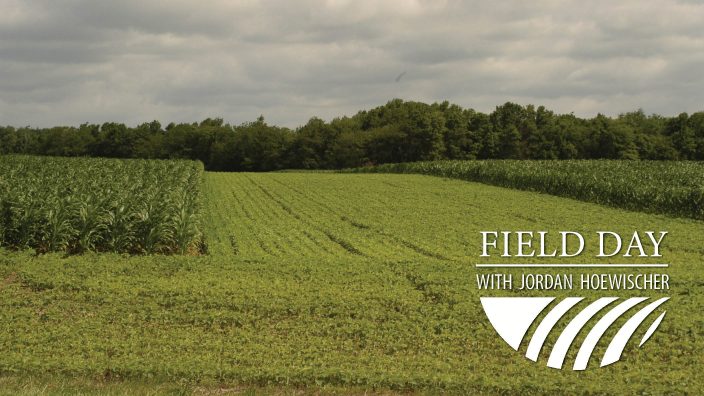Applications for Ohio Farm Bureau Health Plans now available
Members have three ways to apply: contacting a certified agent, calling 833-468-4280 or visiting ohiofarmbureauhealthplans.org.
Read MoreIn this edition of Field Day, Ohio Farm Bureau’s Director of Water Quality and Research Jordan Hoewischer talks with John Fulton, associate professor at Ohio State University. Fulton’s research areas include precision agriculture and machinery automation technology.
“One thing that excites me, we have a pretty strong young generation coming up in Ohio who are actively involved in the farm,” Fulton said. “Some of this technology has proven to improve our ability to manage nutrients. I’m excited that we have a young farming community that is in tune with that.”
This is the third installment of Field Day with Jordan Hoewischer, an ongoing series of conversations with industry experts and leaders who are helping to shape and secure the future of Ohio’s ag industry for generations to come.
Following are some highlights from Episode 3. Listen to the entire episode here.
Q: What can you tell us about your work on environmental progress reporting and conservation practice reporting?
A: We’re trying to come up with a framework where we can annually report voluntary practices that growers are implementing at the farm level and quantify that in a report. We’re very interested in doing that on a global level to report on how many growers are adopting practices that help reduce environmental risks but have proven to be profitable – buffer filters, grassways, etc., to showcase the good things Ohio farmers are doing to policymakers and the public in general.
Q: What are some of the (precision ag) apps that you are working on, including PLOTS?
A: PLOTS was created to help growers replicate scientific, on-farm research. (Users can create on-farm trials that compare hybrids, fertilizer rates, stand counts and more.) The second app to be released in the near future is FERT. It’s for growers who may be part of a Nutrient Management Plan or are evaluating a nutrient management recommendation to help them evaluate the program. It also has links to information about nutrient management in general. We want to put the information that farmers need about nutrient management at their fingertips.
Q: You are doing research on several different fertilizer types and applications throughout the state. One of those applications is subsurface nutrient placement. What is that and why is it important?
A: We’ve got a few different types of strip-till – ways to open the soil and inject or blow that fertilizer down. We have a few different ways to know how to set those implements up to distribute the nutrients effectively. As we look forward, we know that precise nutrient placement is going to be more of an opportunity in the future. We want to know how to execute that accurately and how it responds agronomically and environmentally and see what kind of response we are getting.
Q: What’s the most important thing farmers can do to step their game up conservation wise or efficiency wise?
A: Have a sound nutrient management plan, especially phosphorus and nitrogen. Moving into the future we have to adapt. Every growing season is new and unique and we have to be to show how we adapt to those scenarios.
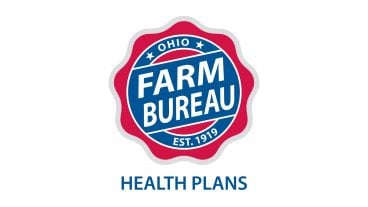
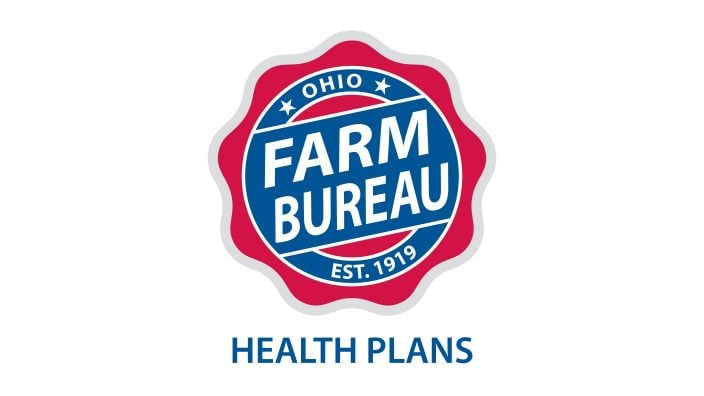
Members have three ways to apply: contacting a certified agent, calling 833-468-4280 or visiting ohiofarmbureauhealthplans.org.
Read More

For Ohio and PJM region, the outlook is reassuring—ample reserves and strong planning should keep the power on.
Read More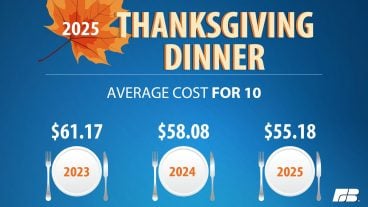
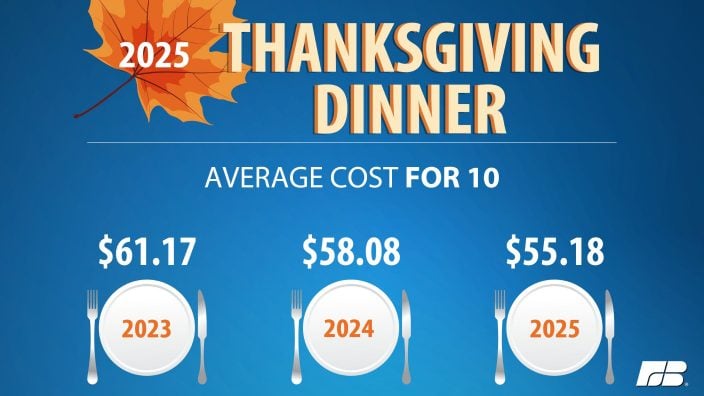
The average price for a classic holiday feast for 10 in Ohio will cost $55.87.
Read More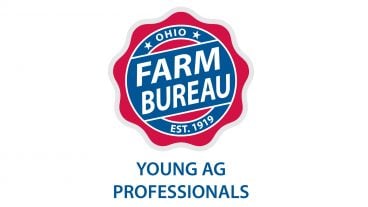
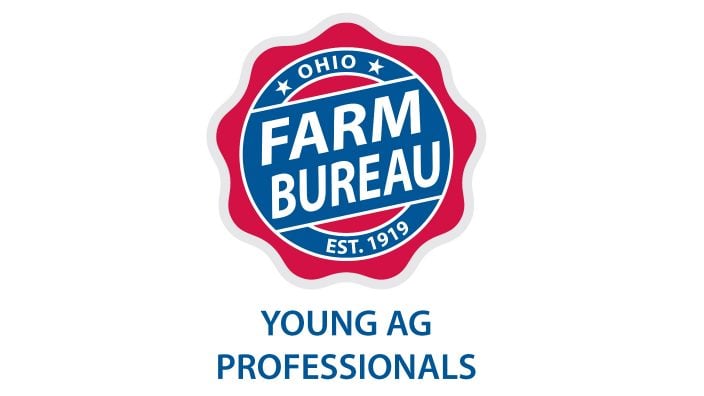
Meet the four new members of Ohio Farm Bureau’s Young Ag Professionals State Committee.
Read More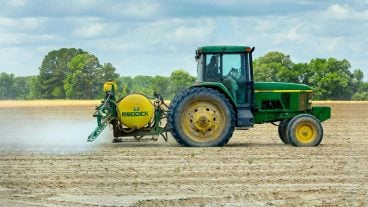
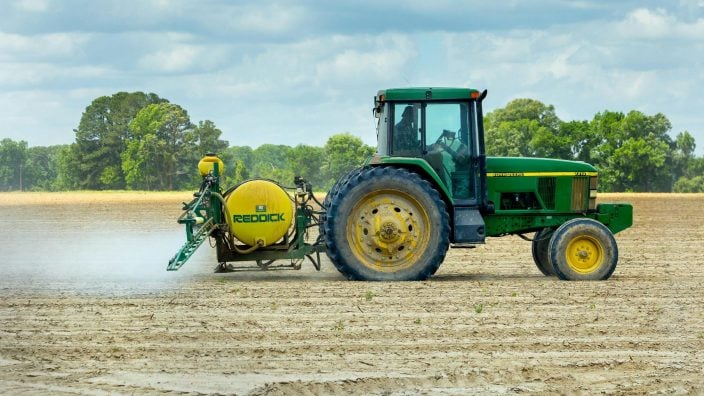
HB 10 ensures transparency around how imitation meat is labeled, along with restoring needed flexibility around the application of crop protection tools.
Read More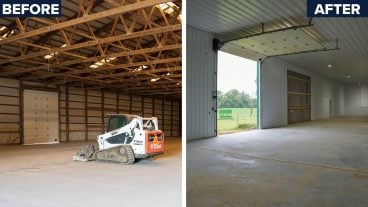
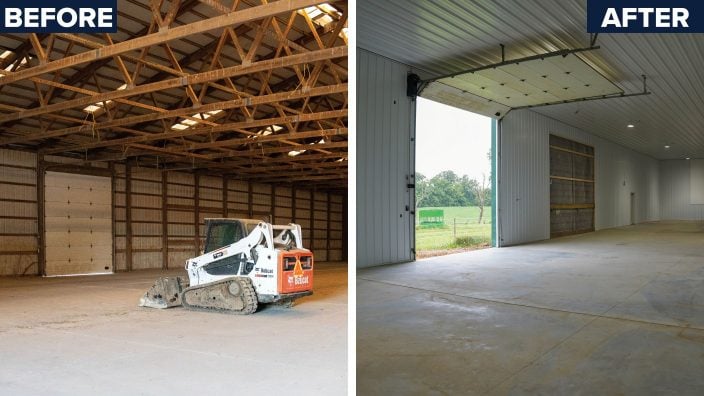
FBi Buildings has been delivering exceptional post-frame construction solutions for 65+ years, earning the trust of satisfied customers throughout the Midwest.
Read More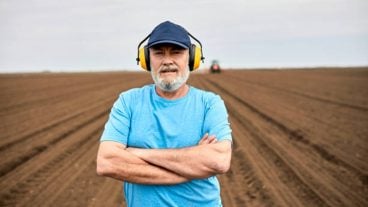
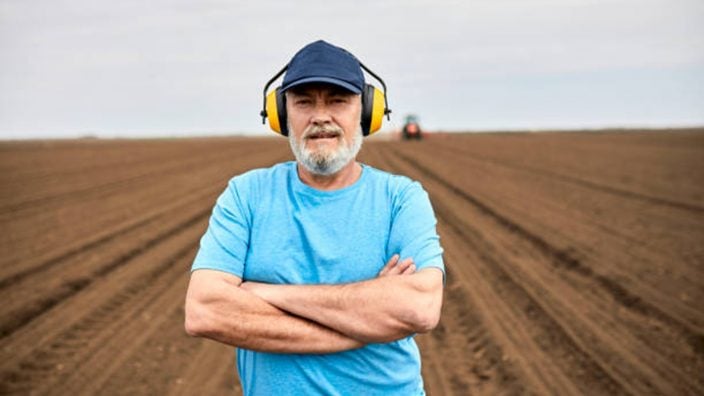
Ohio BWC industrial hygienists, safety consultants, and ergonomists can visit your farm, help spot risks, and suggest improvements that make a real difference.
Read More

Nationwide’s Grain Bin Safety campaign expands its reach, delivering grain rescue tubes and training to 62 fire departments in 2025.
Read More

Urge President Trump and Congress to act before the end of 2025 to provide immediate relief and long-term stability for America’s farmers and ranchers.
Read More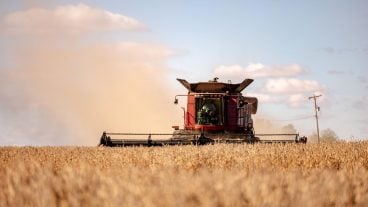
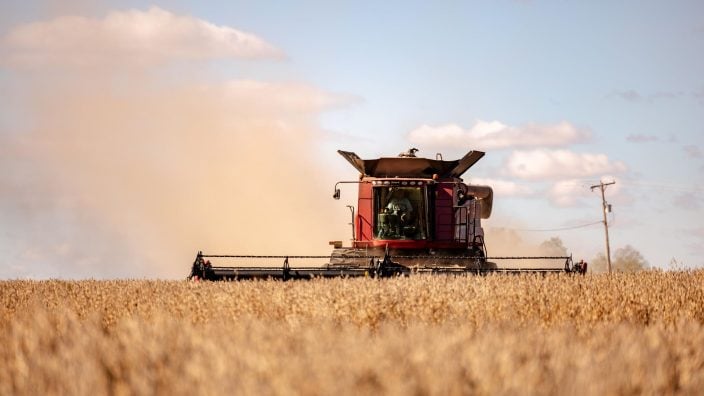
Meet Marion County Farm Bureau member Clayton Lust, a third-generation grain farmer and Beck’s Hybrids dealer, and Kelsey Bezdek, a first-generation livestock farmer and Lake County Farm Bureau member.
Read More